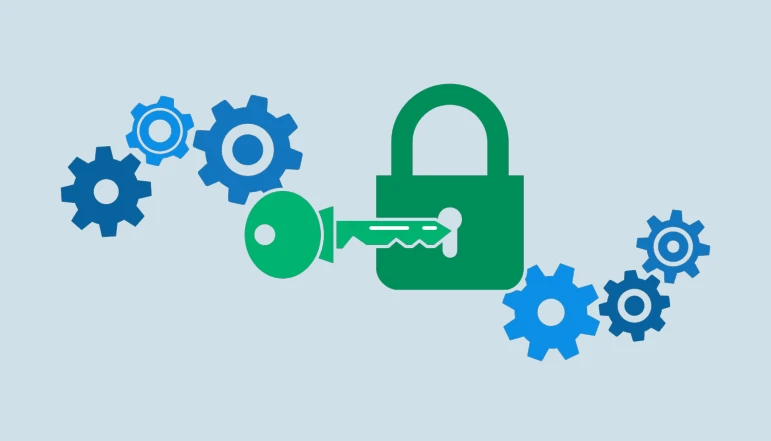
In today’s rapidly evolving business landscape, organizations increasingly recognize the importance of data-driven decision-making. One area where data analytics plays a vital role is in optimizing workforce productivity. By leveraging the analytics power, businesses can gain valuable insights into employee performance, identify bottlenecks, and implement targeted strategies to enhance efficiency. This blog post explores the transformative impact of workforce productivity analytics and how it can drive organizational success.
Understanding Workforce Productivity Analytics: At its core, workforce efficiency analytics involves the collection and analysis of data related to employee performance, engagement, and output. By utilizing advanced algorithms and machine learning techniques, organizations can unlock valuable insights into various aspects of their workforce, enabling them to make informed decisions that positively impact productivity and overall business outcomes.
Identifying Key Performance Indicators (KPIs): To leverage workforce efficiency analytics effectively, it is crucial to identify and measure the right Key Performance Indicators. These KPIs can vary across industries and organizations, but common examples include employee utilization rates, task completion times, and customer satisfaction metrics. By tracking these indicators over time, businesses can comprehensively understand their workforce’s performance and identify areas for improvement.
Enhancing Workforce Planning and Allocation: Workforce efficiency analytics enables organizations to optimize resource allocation strategies. By analyzing historical data and future projections, businesses can identify peak periods of demand, predict resource requirements, and allocate human capital efficiently. This proactive approach ensures that the right people are assigned to the right tasks at the right time, ultimately improving productivity and customer satisfaction.
Uncovering Patterns and Trends: Data analytics provides organizations with the ability to uncover patterns and trends that might otherwise go unnoticed. By analyzing data from various sources, such as time-tracking systems, project management tools, and employee feedback surveys, businesses can gain insights into factors influencing productivity. These insights can range from identifying productivity peaks and lulls during the workday to uncovering correlations between employee engagement and performance. Armed with this knowledge, organizations can implement targeted interventions to enhance productivity and employee well-being.
Driving Employee Engagement and Motivation: Workforce efficiency analytics can also play a pivotal role in driving employee engagement and motivation. By providing employees with transparent access to their performance metrics and progress, organizations foster a culture of accountability and ownership. Moreover, by leveraging data to recognize and reward high-performing individuals and teams, businesses can create a positive work environment that fuels intrinsic motivation and enhances overall productivity.
Implementing Continuous Improvement Strategies: With workforce productivity analytics, organizations can adopt a continuous improvement mindset. By monitoring KPIs over time and comparing them against predefined benchmarks, businesses can identify areas where performance falls short and implement targeted strategies for improvement. This iterative approach allows organizations to adapt and evolve, ensuring that productivity remains at the forefront of their operations.
Conclusion
In today’s data-driven world, harnessing the power of workforce productivity analytics is paramount for organizations striving to stay ahead of the competition. By leveraging advanced analytics tools, businesses can uncover valuable insights, optimize resource allocation, enhance employee engagement, and implement continuous improvement strategies. By embracing this data-centric approach, organizations can unlock their workforce’s full potential, drive productivity to new heights, and achieve sustainable success.
Remember, workforce productivity analytics is not a one-time endeavor but a continuous journey of improvement. By embracing the power of data, organizations can build a culture of productivity and foster an environment where employees thrive, and businesses flourish.












